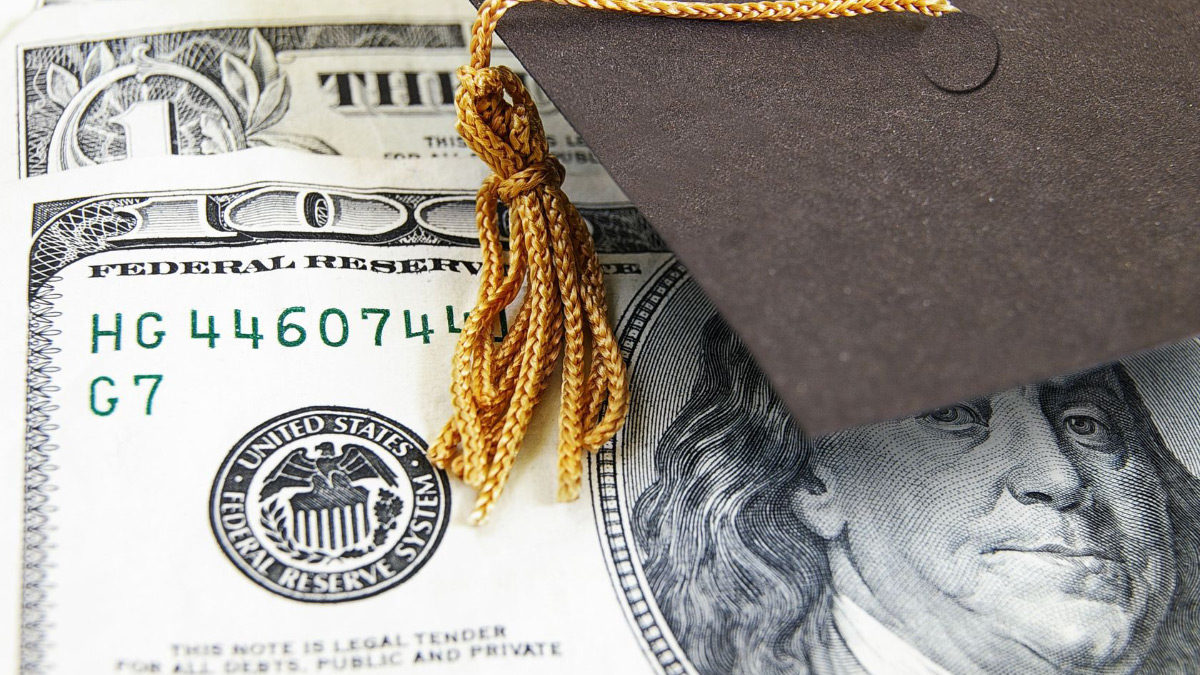State university presidents usually blame languishing state appropriations for the large expansion in college tuition fees in modern times. In an earlier epistle in this space, it was shown that this assertion is often overstated, but it is true that higher education’s share of state budgets has fallen over time.
In a nice article in the July 2018 issue of Education Next, Douglas Webber explores the possible causes for the stagnation in higher education state appropriations, concluding that much of the problem is exploding public welfare costs, especially for health care. Medicaid is crowding out spending on state universities. Webber estimates that every one dollar more per capita spending on public welfare, there is an associated $2.44 reduction in appropriations per student for state universities.
Webber is careful to note that higher education appropriations have grown from 1987 to 2017 even after adjusting for inflation. The increase, 13.5 %, however, was modest, less than the growth in population. Moreover, enrollments were growing rapidly, so per student appropriations fell 24.6 % per student.
To this author, it is déjà vu all over again. In 1991 Lowell Gallaway and I had a paper in the academic journal Public Choice where we hypothesized that “war between the rent seekers” might break out, where various claimants for public funds would increasingly battle over a fixed “pie” of monies rather than cooperate in attempting to convince legislators to expand public spending through tax increases. At the time, we envisioned the main battle to be between K-12 schools and public universities, but the explosion in health care costs (arising partly because third-party payments reduce incentives for consumers to be sensitive about medical expenses) along with aging in the population has altered the combatants in this war over funds.
For several decades, state and local taxes have averaged around 10% of personal income. In a sense, Americans generally seem willing to “render unto Caesar” an amount roughly equal to the Biblical tithe of one-tenth of their income to support governmental activities at the state and local level. To be sure, there are states with a progressive tradition where that will grow to 11%-13% (e.g., New York, Connecticut, Minnesota and California), and others with a strong conservative-libertarian tradition will tax only 7%-9% of income (e.g., New Hampshire, Florida, Texas, and Tennessee). For the nation as a whole, any time state and local taxes rise much above 10%, tax revolts start somewhere; any time the burden falls below that, there is some opportunity for state and local expenditure expansion.
There are three factors that suggest the decline in legislative enthusiasm for supporting higher education may be relatively long-lived. First, the new tax reform bill eliminates the ability of high-income persons to deduct large amounts of state and local taxes against their federal income taxes, significantly raising their tax liability. This should enhance tax competition between the states; already, there is abundant research showing high-income individuals are very tax sensitive.
Second, the rate of economic growth itself has slowed significantly since 2000, going from more than 3% annual increases to typical growth closer to 2%. While there are some signs recent regulatory and tax reforms might lead to modest growth enhancement, state revenue growth is likely to be less than it was a generation or more ago.
Third, demographics are working against higher education. Population is rising very slowly, in large part because of significant declines in fertility. That means relatively stagnant school enrollments are likely for years to come. Yet as life expectancy at birth approaches 80 years, the number of older Americans is rising robustly. With that, health care needs are growing. If a legislator is facing the question: do I help provide Medicaid nursing care assistance to lower-income senior citizens, or do I subsidize tuition payments for able-bodied 20-year-olds from moderately affluent families, the older citizen is likely to take priority.
On top of that, public attitudes towards higher education have turned increasingly negative. That, in turn, partially reflects rising higher education costs.
One possible long-term outcome: the concept of “state universities” may change, with institutions less reliant on state aid and more dependent on tuition fees and private support gaining some greater independence from state control as partial compensation for declining state support. The distinction between public and private schools, already pretty minimal, might decline even more.













